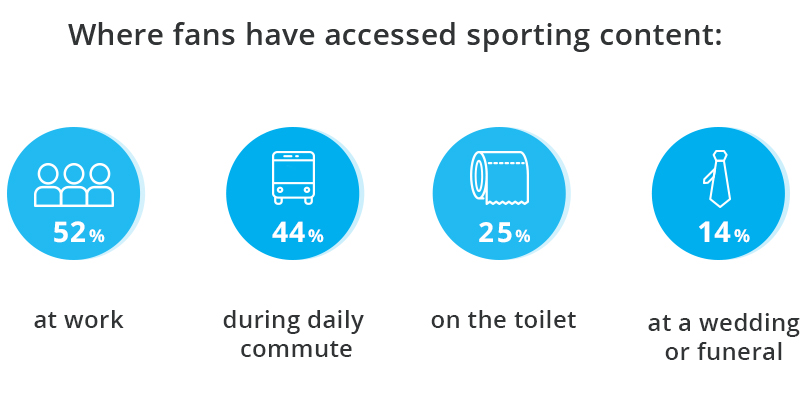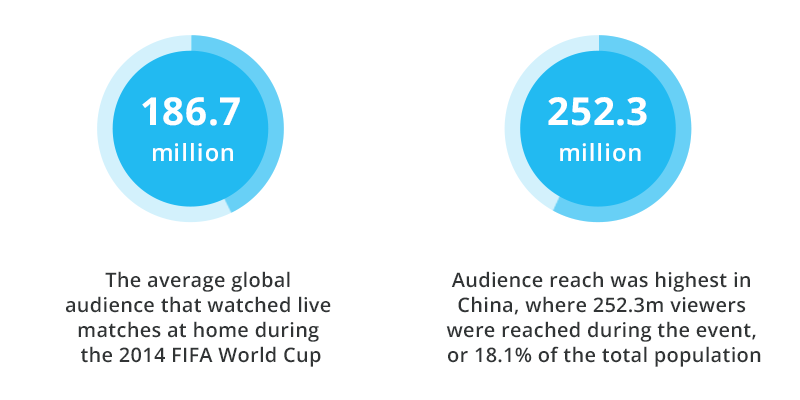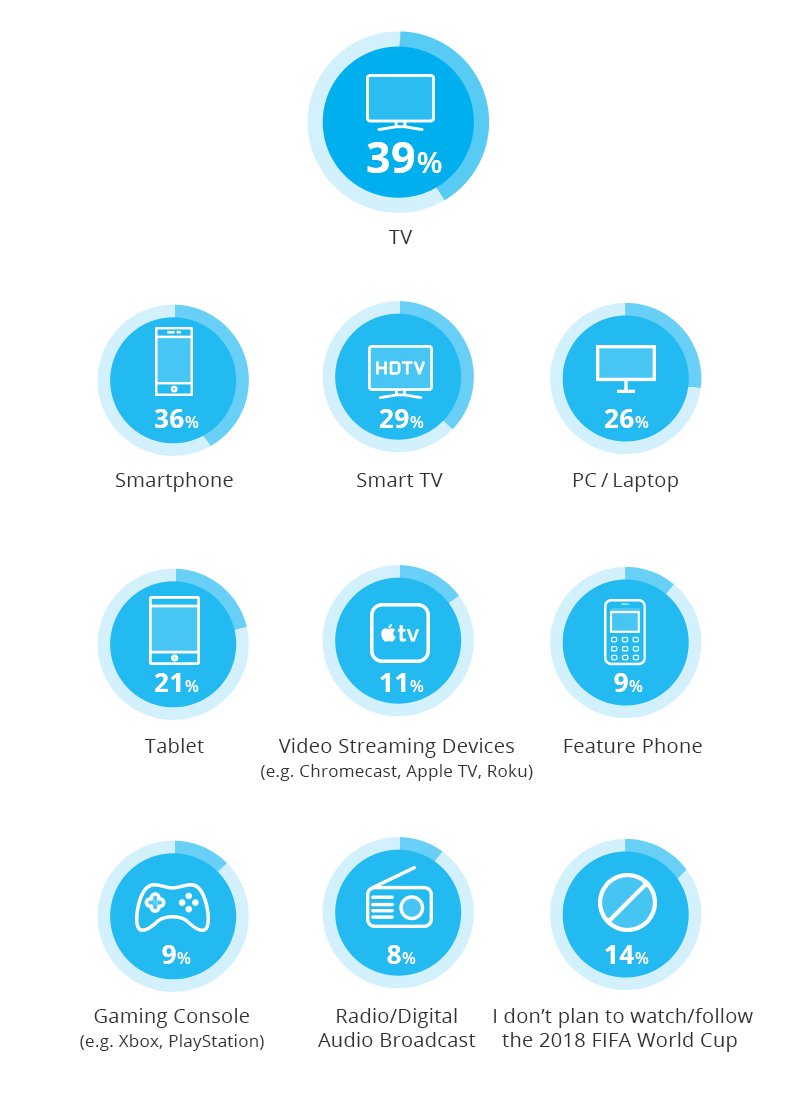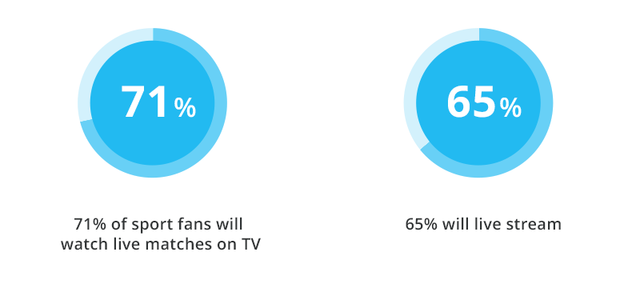Great sports making great video content
The best sports are full of drama, thrills and emotion that connect us with events when watched live or through the lens of social media. In fact, social media often gets us closer to the moments that really matter, helping us to see and feel the drama as it unfolds.
Check out the following thrilling and emotive videos from these socially-innovative sports organizations.
Guinness PRO14 Rugby
The Guinness PRO14 rugby tournament is a global brand with a TV rights deal and an innovative digital team making the most of social videos, too. Our Tellyo Pro platform is being utilised to create compelling highlights from live games and clip moments to provide videos of crucial events for social audiences, all in a matter of seconds.
Union Cycliste Internationale (UCI)
The UCI is responsible for numerous cycling events around the world, with one of the most prestigious being the UCI World Road Championships.
2018’s UCI World Road Championship was held in Innsbruck, Austria. The event, involved the best riders in the world, while some routes had approximately 5,000 metres of altitude, making it truly challenging. The Championships were broadcasted to 150 countries, with short video clips also shared to social media.
Just look at this incredible finish:
It’s @alejanvalverde ??!
Alejandro is our 2018 UCI Road World Champion ?
WHAT A FINISH!#InnsbruckTirol2018 pic.twitter.com/35RgxBH5tI— UCI (@UCI_cycling) 30 września 2018
Or this heart-warming example of fair play:
Padun ?? “Got something to eat mate?”
Muller ?? “Sure, here you go”
LOVING THIS ❤#InnsbruckTirol2018 pic.twitter.com/fPLmx0ZueK— UCI (@UCI_cycling) 28 września 2018
International Table Tennis Federation (ITTF)
Each month the ITTF produce hours of stunning video content, taken during competitions around the world. From the Republic of Fiji to Germany, during duel after duel, hours of content is recorded and shared via streams and social videos. Fortunately, it’s easy to produce and manage this amount of content with Tellyo.
Table tennis is such an amazing sport for video. It’s extremely dynamic and spectacular – every single millimetre counts here! When the best players in the world are playing, you can be sure that you’ll witness all kinds of emotion.
Fise
Every year Fise organise multiple events across different extreme sports – from parkour to BMX and skateboarding, with the FISE World Series at its pinnacle. The event is one of the most prestigious extreme sports events, hosting the best athletes and gathering thousands of spectators at venues, but also digitally and on social media.
The FISE production crew utilize Tellyo Pro Editor to produce short clips out of live streams ingested onto the platform.
England & Wales Cricket Board (ECB)
Global sports production company, Sunset+Vine, provide engaging video clips directly from live streamed ECB cricket games. The goal being to promote cricket more widely across social media, and to let fans around the world see the ECB’s best moments.
Is your sports organisation ready for video?
Every single sport is suited to being promoted through video content. Sport fans simply want to watch sports, wherever they are!

If you want to learn more about video’s impact on sports bodies and federations, explore our blog and case studies section, or simply contact us to discuss how you could benefit from utilizing our Tellyo platform.
Most of the videos mentioned in this article have been made using Tellyo Pro – our cloud-based platform for frequent and regular live content production. It enables you to ingest video streams and broadcast these to social channels and RTMP destinations, while also clipping live content into videos to post on social media.
If you’re looking to clip videos for social media, there are some new Tellyo automation features to consider, especially if you’re using Opta event metadata:
- Smart Clips, which automates video clip creation from live sports content.
- Auto Clip-to-Post that lets you fully-automate clip creation through to social messaging and social posting, all in one go.
Both are giving more power to editors in their mission to deliver quality sports content to audiences quickly and efficiently.
Will the real host of the 2022 FIFA World Cup be the web?
With massive stadiums, world-wide federations and leagues, and global superstars, Football is undoubtedly the most important sport in the world. Its popularity spans the globe, while the quadrennial FIFA World Cup is always a huge spectacle that goes beyond sport. It’s a game of fame, money and status, and a coming together of different cultures and styles.
The world’s eyes are all on the tournament in Russia right now. The event is being beamed and streamed to every corner of the globe. And thanks to TV infrastructure and extensive internet access, fans can watch games in all sorts of places – from pubs and fan zones to Mongolian yurts and even small, remote islands on the Pacific.
Check out our other stories:
- Ideas for online video content when you can’t show games
- The most common live video streaming habits of digital audiences
- Still looking for a prime alternative to Snappy TV?
But how is our viewing changing and what will this look like for the next World Cup in Qatar 2022?
How we watched the 2014 World Cup
During the 2014 World Cup held in Brazil, an estimated 280 million people watched matches online or on a mobile device, according to official FIFA data[1].
As the rights owner, FIFA reached 207 territories with its content (the definition of ‘territory’ being a bit wider than a “country”). The final was watched by approximately 695 million viewers at home (calculated as people who watched at least 20 consecutive minutes in their own home). However, the final figure was surely higher, as many viewers will have watched in their favourite bar or in specially prepared fan zones. Yet it was still a 12% growth when compared to the 2010 World Cup in South Africa.

According to FIFA, there was more online coverage in 2014 than any previous World Cup tournament, with 188 licensees offering coverage via websites, media players and apps.
What’s more, since 2014 consumer surveys suggest that online TV viewing is up by 36%, while mobile TV viewing has increased by 248%. Obviously these viewing figures have been boosted by technological developments, increased broadband penetration, better devices, and faster internet speeds in all regions.
It seems that the better the infrastructure, the better the online video reach. But credit also has to go to the progressive strategies of many TV stations. With the World Cup proving so popular, national broadcasters continue to show it for free, with no extra charges. Many are committed to making content easily accessible and widely distributed by catering to all viewing habits – from traditional TV to online and mobile.
If not for free, many countries also offer lots of options to pay for access to content beyond a national TV station.
How will people watch the 2018 World Cup?
To see the detailed results of World Cup viewership we will have to wait until the end of the tournament. But with a huge dose of certainty – and some early indicators so far – we can predict that results are going to show a record high when it comes to online video content.
While TV is still the king of sports broadcasts, online live streams are fast gaining traction.

Released just before the 2018 World Cup got underway, a recent IAB report – Live Video Streaming: A Global Perspective – provides us with a better picture.
What’s really interesting is the number of different media platforms that will be used during the 2018 World Cup.
The IAB report asked:
Which, if any, of the following media channels and devices do you plan to use to watch/follow the 2018 FIFA World Cup?

When taking a closer look at the above list, what’s noticeable is that most of the devices will need an internet connection to access World Cup video content such as games.
It gets even more interesting if we go further and look at those answers from geographical regions. According to the report, smartphones are the most popular option (45%) for watching World Cup games in the APAC region (Australia and China), while South Americans prefer TV (49%).
Looking ahead to 2022
It’s a bit too early to write any final conclusions about how we watched this year’s World Cup. But looking at data from 2014 and the available audience insights prior to the tournament in Russia, it looks like online access will be at a record high regardless of the device or platform being used to watch content. Perhaps the 2018 FIFA World Cup will prove a breakthrough for online broadcasters. If so, surely the 2022 tournament will be even more wireless and web focused. It’s time to go online!
[2] Live Video Streaming – A Global Perspective – IAB Report, June 2018






